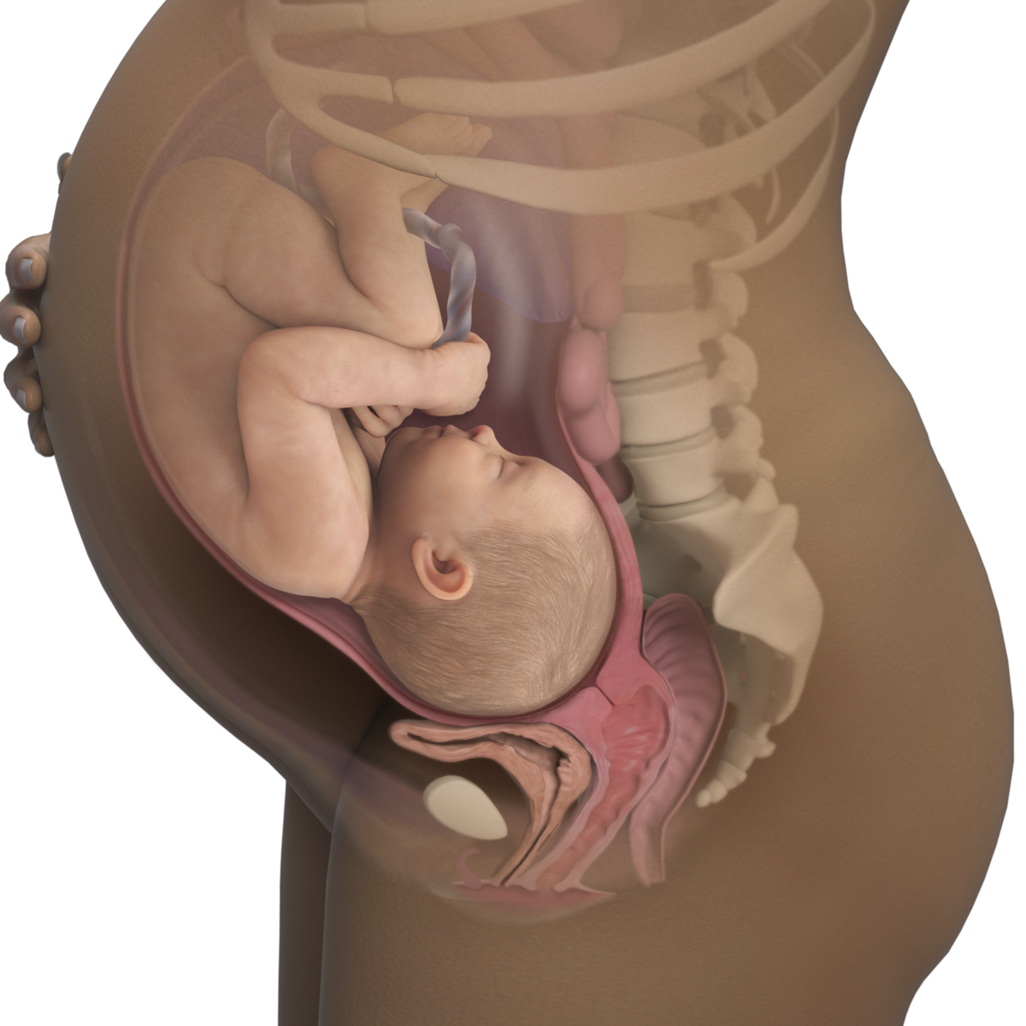
Highlights this week

Baby development at 40 weeks



Your baby is around the size of a small pumpkin





BabyCentre's editorial team is committed to providing the most helpful and trustworthy pregnancy and parenting information in the world. When creating and updating content, we rely on credible sources: respected health organisations, professional groups of doctors and other experts, and published studies in peer-reviewed journals. We believe you should always know the source of the information you're seeing. Learn more about our editorial and medical review policies.
Colson S. 2014. Does the mother's posture have a protective role to play during skin-to-skin contact? Clinical Lactation 5(2):41-50
Hill MA. 2019a. Fetal development. University of New South Wales Embryology. embryology.med.unsw.ed.auOpens a new window [Accessed December 2019]
Hill MA. 2019b. Birth weight. University of New South Wales Embryology. embryology.med.unsw.ed.auOpens a new window [Accessed December 2019]
Hill MA. 2019c. Musculoskeletal system: skull development. University of New South Wales Embryology. embryology.med.unsw.ed.auOpens a new window [Accessed December 2019]
MedlinePlus. 2019a. Fetal development. Medline Plus. US National Library of Medicine. medlineplus.govOpens a new window [Accessed December 2019]
MedlinePlus. 2019b. Infant reflexes. Medline Plus. US National Library of Medicine. medlineplus.govOpens a new window [Accessed December 2019]
Moore KL, Persaud TVN, Torchia MG. 2019b. Integumentary system. Chapter 19 in The developing human: clinically oriented embryology. 11th ed. Elsevier
NHS. 2018. Getting to know your newborn. NHS, Health A-Z, Pregnancy and baby. www.nhs.ukOpens a new window [Accessed December 2019]
Visembryo. 2014a. 38 weeks post ovulation: abdomen is large and round as fetal liver is producing blood cells. www.visembryo.comOpens a new window [Accessed December 2019]
Visembryo. 2014b. 40 weeks post ovulation: fetus now considered full term. www.visembryo.comOpens a new window [Accessed December 2019]







